Filter News
Area of Research
- (-) Biological Systems (7)
- Advanced Manufacturing (2)
- Biology and Environment (4)
- Building Technologies (2)
- Clean Energy (60)
- Climate and Environmental Systems (3)
- Computational Biology (3)
- Computer Science (1)
- Energy Frontier Research Centers (1)
- Energy Sciences (3)
- Fossil Energy (1)
- Fuel Cycle Science and Technology (1)
- Fusion Energy (1)
- Materials (59)
- National Security (2)
- Neutron Science (28)
- Nuclear Science and Technology (14)
- Nuclear Systems Modeling, Simulation and Validation (1)
- Sensors and Controls (2)
- Supercomputing (33)
- Transportation Systems (2)
News Type
Media Contacts
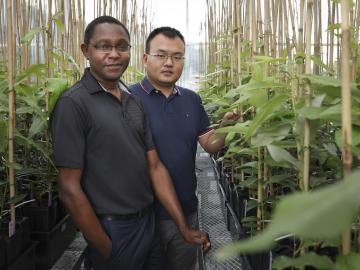
For decades, biologists have believed a key enzyme in plants had one function—produce amino acids, which are vital to plant survival and also essential to human diets. But for Wellington Muchero, Meng Xie and their colleagues, this enzyme does more than advertised. They had run a series of experiments on poplar plants that consistently revealed mutations in a structure of the life-sustaining enzyme that was not previously known to exist.
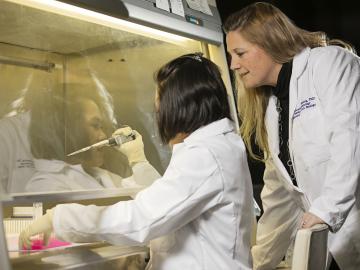
A new process to identify certain microbes in women could be used to diagnose endometriosis without invasive surgery, even before symptoms start. A collaborative research team including Oak Ridge National Laboratory analyzed bacteria from a small sample of premenopausal women undergoing laparoscopic surgery for suspected endometriosis.

The associate laboratory director for Energy and Environmental Sciences (EES) at the Department of Energy’s Oak Ridge National Laboratory and two University of Tennessee-ORNL Governor’s Chair researchers are among the newly elected fellows of the American Associa...
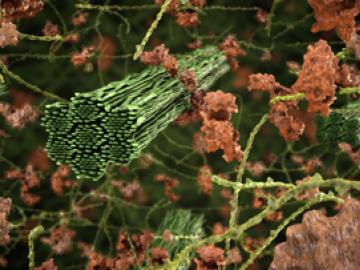
ORNL study uses neutron scattering, supercomputing to demystify forces at play in biofuel production
Researchers studying more effective ways to convert woody plant matter into biofuels at the Department of Energy's Oak Ridge National Laboratory have identified fundamental forces that change plant structures during pretreatment processes used in the
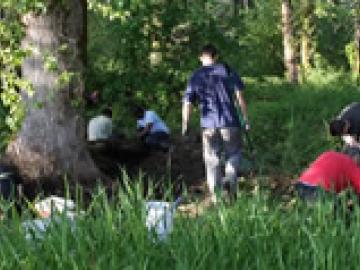
The ability to make plants grow stronger and more quickly is a key goal in the effort to develop better biofuels and better understand plant efficiency.
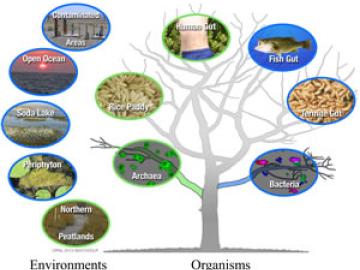
Microbes that live in rice paddies, northern peat bogs and other previously unexpected environments are among the bacteria that can generate highly toxic methylmercury, researchers at Oak Ridge National Laboratory and the Smithsonian Environmental Research Center have learned.

More forms of mercury can be converted to deadly methylmercury than previously thought, according to a study published Sunday in Nature Geoscience.




